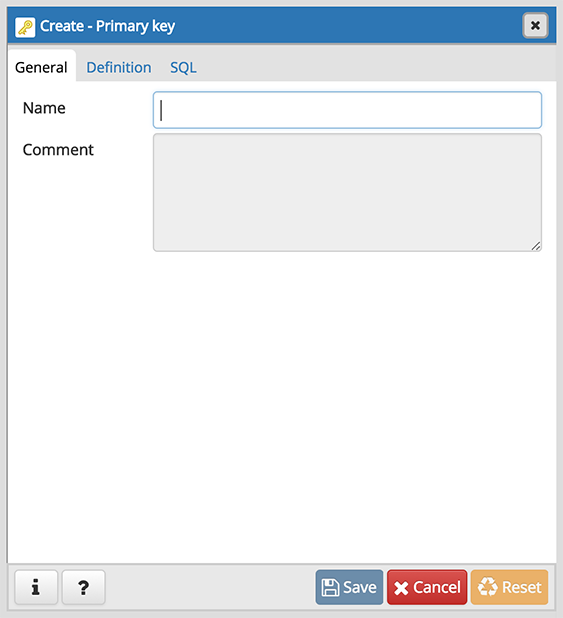

For more details, see Partitioning data in Athena.Īthena supports Hive partitioning, which follows one of two naming conventions. You can restrict the amount of data scanned by a query by specifying filters based on the partition. You define them at table creation, and they can help reduce the amount of data scanned per query, thereby improving performance. Partitioning divides your table into parts and keeps the related data together based on column values such as date, country, and region. Optimize columnar data store generation.You can apply the same practices to Amazon EMR data processing applications such as Spark, Presto, and Hive when your data is stored in Amazon S3.
#Tune dbvisualizer how to
This section discusses how to structure your data so that you can get the most out of Athena. This post assumes that you have knowledge of different file formats, such as Parquet, ORC, TEXTFILE, AVRO, CSV, TSV, and JSON. We focus on aspects related to storing data in Amazon S3 and tuning specific to queries. In this post, we review the top 10 tips that can improve query performance. Simply point to your data in Amazon S3, define the schema, and start querying using standard SQL. Athena is serverless, so there is no infrastructure to manage, and you pay only for the queries that you run. This blog post was last reviewed and updated May 2022, with more details like using EXPLAIN ANALYZE, updated compression, ORDER BY and JOIN tips, using partition indexing, updated stats (with performance improvements), added bonus tips.Īmazon Athena is an interactive query service that makes it easy to analyze data stored in Amazon Simple Storage Service (Amazon S3) using standard SQL.


 0 kommentar(er)
0 kommentar(er)
